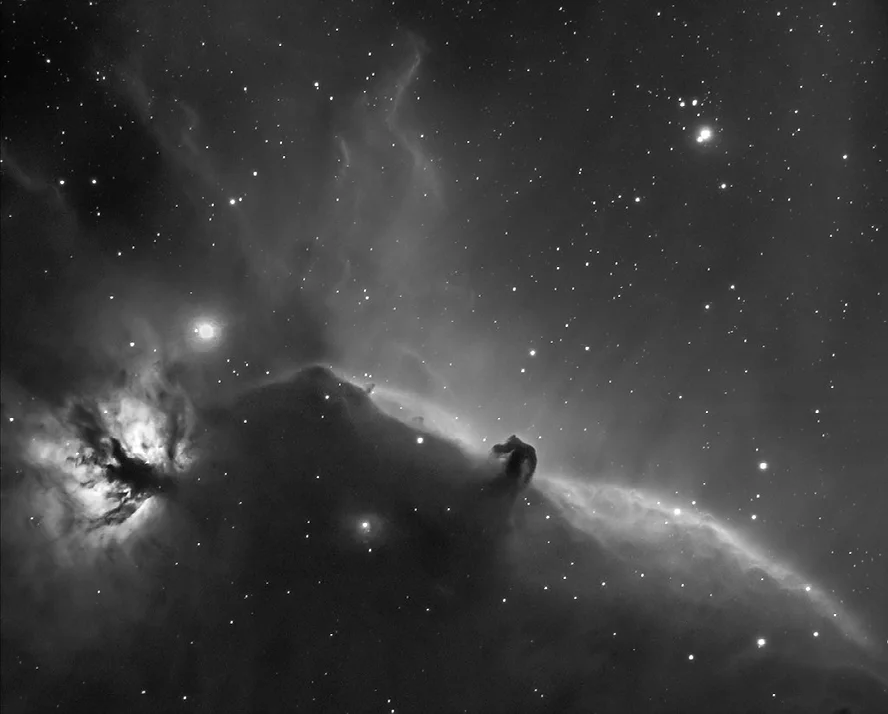For my birthday, Jonathen had bought me a ZWO183 mono cmos cooled camera. Having a mono chip and being able to be cooled to more than -20 degrees C below ambient meant I was now able to progress my imaging further than just imaging with a DSLR. Whilst I will always be an advocate for DSLR imaging and I still think there is a lot for me to do and learn with a DSLR, I always wanted that ability to venture into the realms of narrowband, the Hydrogen Alpha, Oxygen, Sulphur imaging. So, of course first things first, cloud, expect cloud and lots of it. However the cloud has been a welcomed break and a chance to go figure. I had to put on my research cap and get learning.
Over the years I have read about narrowband and CCD imaging time and time again but this time it was real, I could start to put into practice all that I have read and to me that seems far more productive. I knew that the software I was using, the capture software, the way the camera works and the whole processing afterwards will be an entirely new workflow, so that was my starting point, go and figure out what’s new, what I need and what the new work flow will look like. With all astrophotography there are fundamentals that are set in stone regardless of method used, such as focus, gathering lots of data, dark, flats, bias frames, stacking, noise reduction. I decided to go with a new software program called sequence generator pro. It is paid for but it has a great array of features, lots of online support and great reviews and it is a one stop shop for all your imaging needs.

I set about learning the features using Youtube and various other resources so I was somewhat comfortable using it and knowing that I have set it up right. I had a few nights out where I was wasting clear sky, I know I was getting to know they system and I have to make mistakes to improve in the future or at least be more prepared next time. I have to continue to shout my own P mantra of practice, patience, perseverance, preparation! It is still frustrating nonetheless when things don’t always run smoothly, but all are lessons learnt.
So of course eventually I got it sorted and started to get data. I haven’t as yet managed to get a good set of complete data from Ha, O, S filters and I don’t know when that will be likey given the weather! However a massive positive for me was imaging in Hydrogen Alpha and one particular target has been on my Hitlist for at least 6 years, that is the horse head nebula. A thing of beauty and an object that captured my interest several years ago when I first started out in AP. I never had the equipment, the chance or the location to ever get the horse head, but eventually I did and I am happy with the results.
Next steps are to get trying and keep perfecting the workflow. I need to get data for all three channels and I also need to learn how to post process the images of which I have started the steep learning curve of Pixinsight.


Leave a Reply